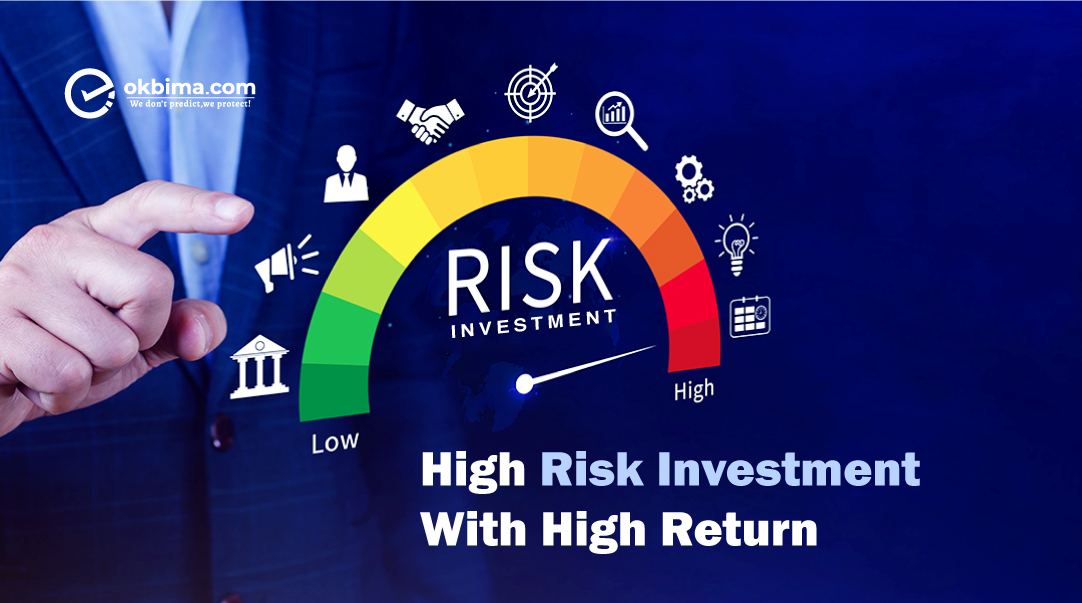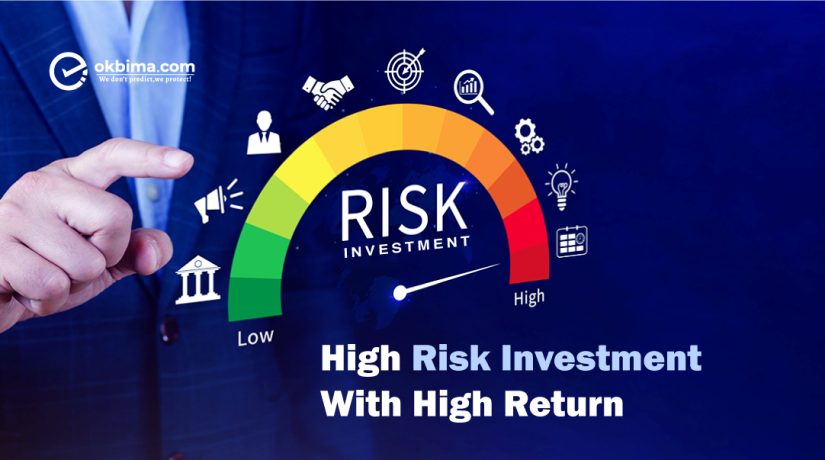
If you’ve been keeping up with my insights, you know my preference lies with low-yield, high-growth stocks. I would rather invest in a stock with a 2% yield that offers consistent dividend and earnings growth rather than one with a 7% yield that fluctuates unpredictably.
Nevertheless, there are moments when high yield can be advantageous.
When selected wisely, a handful of high-yield stocks can improve your portfolio’s performance. They might not consistently beat the market, but they can deliver reliable cash flow, particularly during retirement or while moving from accumulation to income stages.
Indeed, there are high-yield stocks I would consider, but they have to fulfill specific criteria.
### What Is Considered “High Yield”?
Investing can be both straightforward and intricate. The interpretation of high yield differs; some define it as anything above 10%, while others say it starts at 4%. From my perspective, anything exceeding 4% counts as “high” based on my financial planning experience. Taking out more than 4% from a portfolio risks depleting it.
In this article, I concentrate on yields of 5% or greater. This threshold can enhance income without inciting immediate caution. Most stocks yielding between 7–9% might pose risks or issues.
### What Qualifies a High-Yield Stock as Acceptable?
Most high-yield stocks can be categorized into two types:
1. **Consistent cash flow providers**
2. **Potential dividend risks**
Your objective is to distinguish between these categories. Prioritize stability over glamor with stocks that generate income without diminishing capital. Here’s my method:
#### What I Search For (Also Without DSR)
If using [Dividend Stocks Rock (DSR)](https://dividendstocksrock.com), I screen stocks based on:
– **Yield**: 5% and above
– **Dividend Safety Score**: 3 or higher
– **5-Year Dividend Growth**: 1%+
– **PRO Rating**: 3 or above
For a DIY approach, think about the following:
1. **Start With the Dividend Triangle**
– Revenue growth
– Earnings or FFO growth
– Dividend growth
Strive for a minimum of 2 out of 3 metrics improving. Preferably, all 3 should be.
2. **Examine the Payout Ratio Trend—Not Just the Number**
Don’t just focus on a single payout ratio figure. Observe its trend over the years. A consistent ratio suggests a healthy company, while erratic trends may indicate potential issues.
3. **Evaluate Their Growth Methods**
Favor organic growth, built-in rent escalators, and remain cautious of expansions driven by debt. If dividends rise while earnings stagnate, that’s a red flag.
4. **Review the Balance Sheet**
Keep an eye on rising debt that surpasses cash flow or high-interest obligations that erode earnings.
5. **Ask: Would I Invest in This Without the Yield?**
If the answer is no, then walk away. A high yield should be a bonus, not the main reason for investment.
### Begin with Smaller Portions
High-yield stocks ought to be merely a component of your portfolio. If you’re uncertain about investing a lump sum or forming a new portfolio, I’ve provided a roadmap for developing a diversified dividend growth portfolio.
### Examples of High-Yield Stocks That Meet the Criteria
Consider these selections if aiming to enhance your income:
#### CT REIT (CRT.UN.TO)
– **Yield**: ~6.2%
– **Overview**: A retail REIT primarily leased to Canadian Tire.
**Bull Case**: Produces predictable cash flows thanks to triple-net leases.
**Bear Case**: Heavily reliant on Canadian Tire, which carries inherent risks.
#### Main Street Capital (MAIN)
– **Yield**: ~5.7%
– **Overview**: A BDC that lends to smaller U.S. businesses.
**Bull Case**: Delivers appealing returns through a conservative approach.
**Bear Case**: Vulnerable to economic downturns, with possible margin pressure from rising rates.
#### Enbridge (ENB.TO) (ENB)
– **Yield**: ~6%
– **Overview**: A pipeline operator using DCF for dividend distribution.
**Bull Case**: Diversifies operations with stable transportation revenue.
**Bear Case**: Requires consistent debt evaluation due to its capital-intensive nature.
### What to Be Wary Of (or Manage Carefully)
High-yield stocks are susceptible to dividend reductions, which can result in both income loss and diminished capital. BCE, for instance, lost around 50% of its market value over five years while cutting its dividend by 56%.
### A Quick Reference to Prevent Dividend Cuts
1. Support your investment thesis with data.
2. Avoid stocks without a strong dividend triangle.
3. Shun high payout ratios.
4. Regulate the allocation of high-yield stocks.
5. Diversify across sectors and business models.
6. Don’t over-concentrate in interest rate-sensitive areas.
### Final Thoughts: A Place, But Not the Foundation
High-yield stocks can provide benefits but shouldn’t be the cornerstone of your portfolio. If retired, consider adding a few. Otherwise, prioritize dividend growth stocks and let compounding work in your favor.
